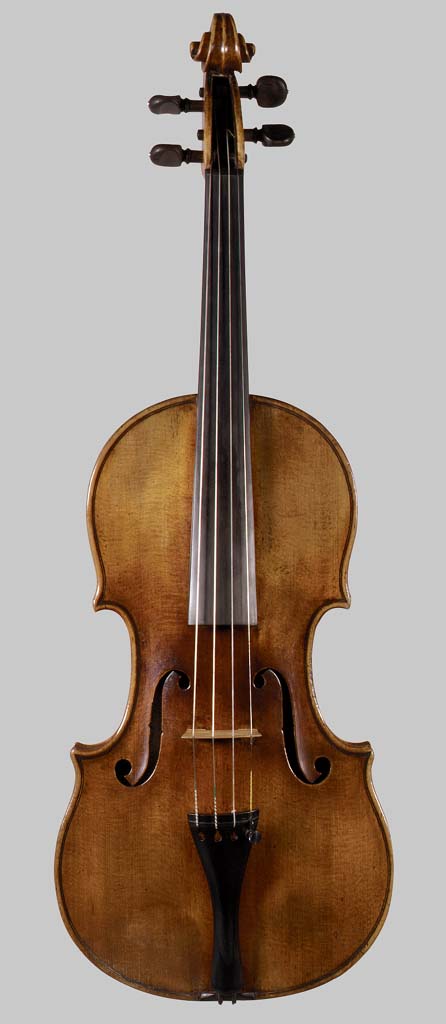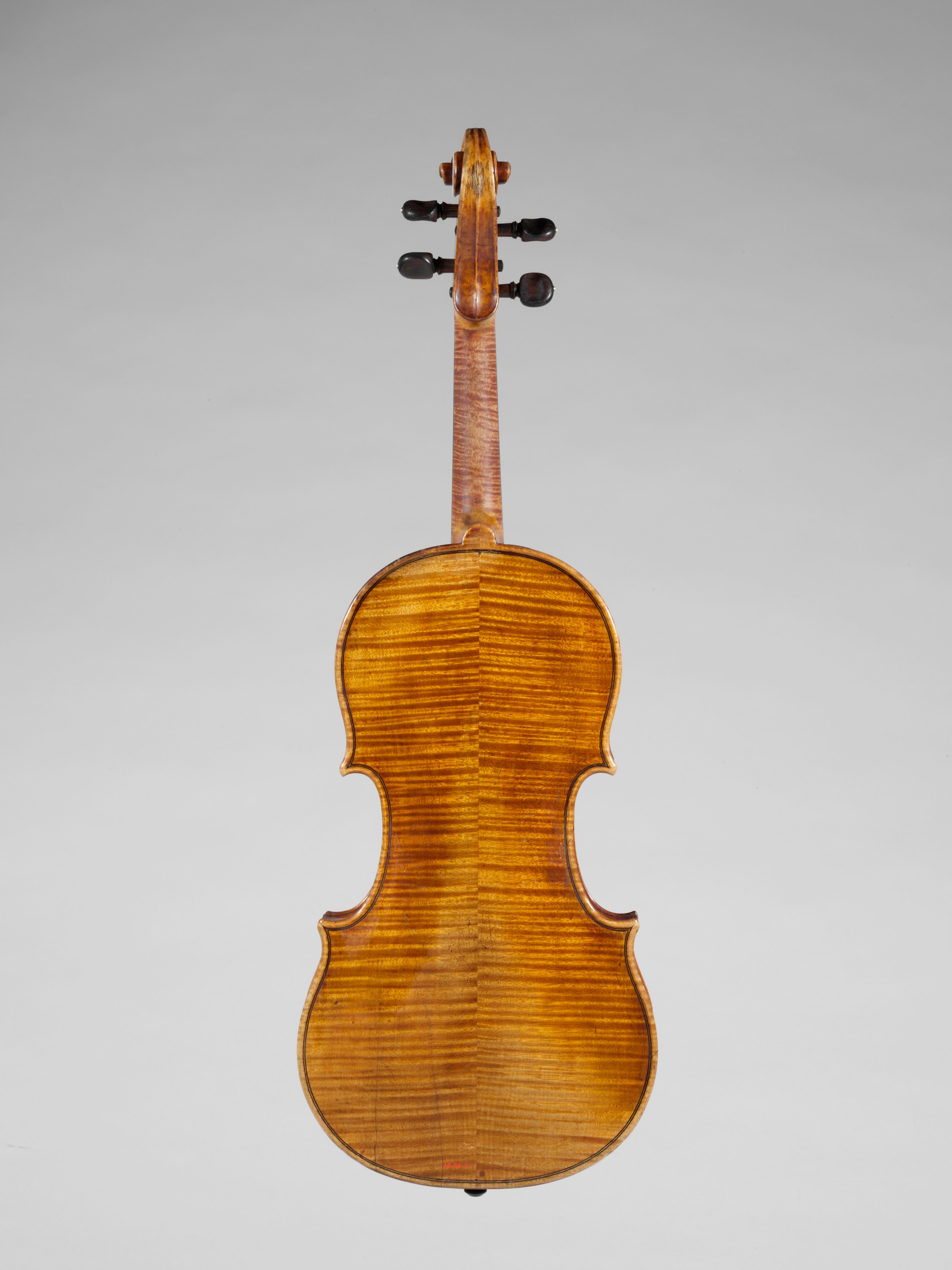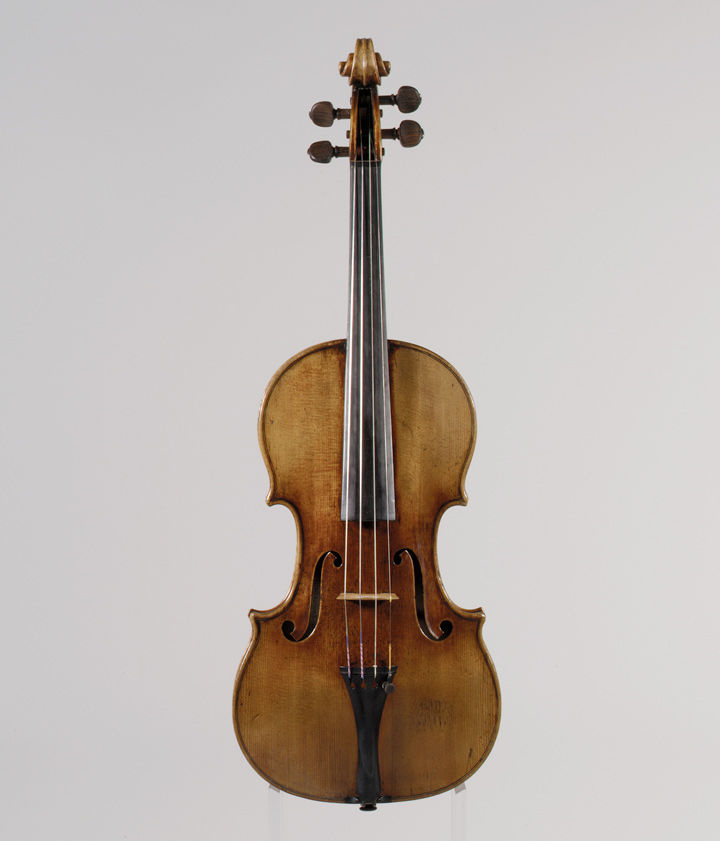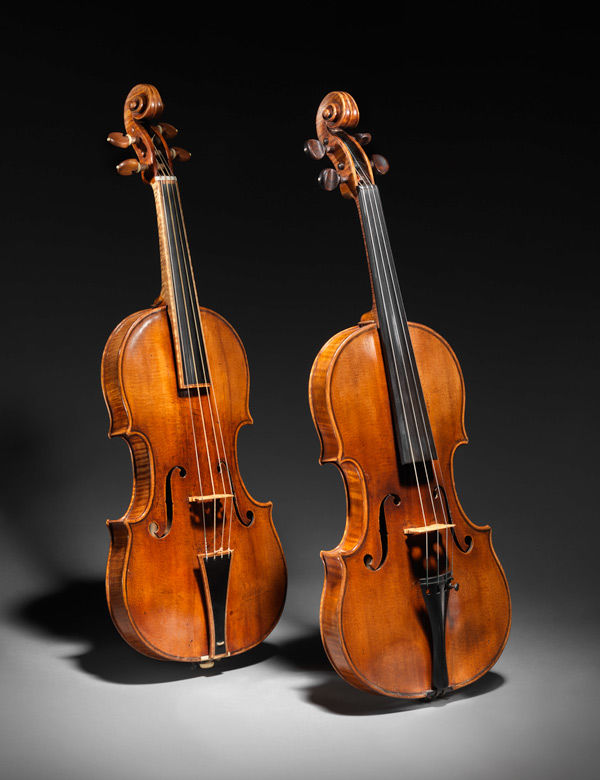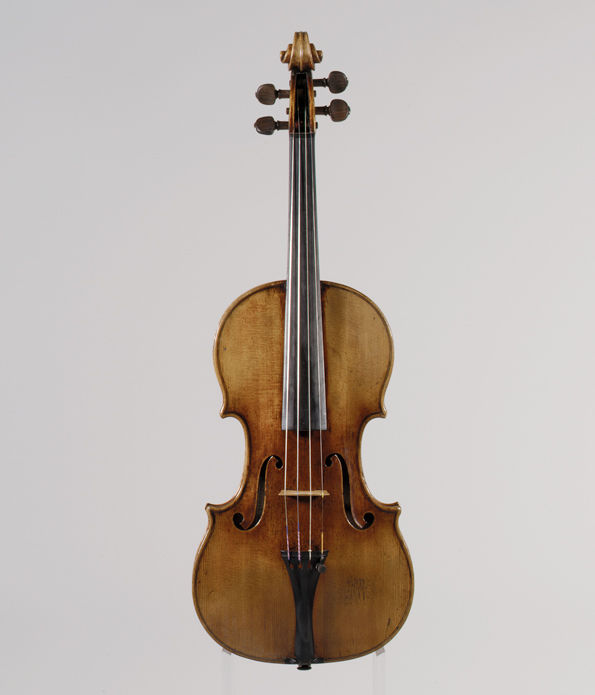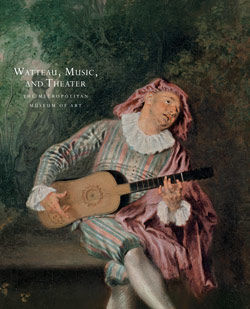"Francesca" Violin
Antonio Stradivari Italian
Antonio Stradivari has long been thought to have been an apprentice of Nicolò Amati, but census documents do not list Stradivari as a garzone (shopboy) in the Amati household. Stradivari's early instruments do show the stylistic influence of the Amati, but as Girolamo II and Nicolò were the principal makers in Cremona during Stradivari's formative years, it would be natural for Stradivari to have been influenced by their work. Antonio Stradivari worked with two of his sons, Francesco (1671-1743) and Omobono (1679-1742), and today over 600 instruments survive from this prodigious workshop. Stradivari experimented with the shape and arching of the violin. In 1690 he devised a somewhat longer and narrower body outline that is referred to as the "long pattern." By 1700 he abandoned this pattern and reverted to the broader shape that was typical of his earlier violins.
#Jorg Michael Schwarz "Preludium" by Fritz Kreisler
-
Jorg Michael Schwarz "Preludium" by Fritz Kreisler
-
Allegro ma non troppo from String Quartet No. 10 in E-flat Major, Op. 51 by Antonín Dvořák performed by the American String Quartet: Peter Winograd ("Antonius" violin 34.86.1), Laurie Carney ("Francesca" violin 34.86.2), Daniel Avshalomov, viola, and Wolfram Koessel (cello 1984.114.1) May 17, 2012 for the American Musical Instrument Society
-
La Gitana by Fritz Kreisler, performed by Sean Avram Carpenter and Gabriela Martinez, 2012.
Playlist
Due to rights restrictions, this image cannot be enlarged, viewed at full screen, or downloaded.
This artwork is meant to be viewed from right to left. Scroll left to view more.


